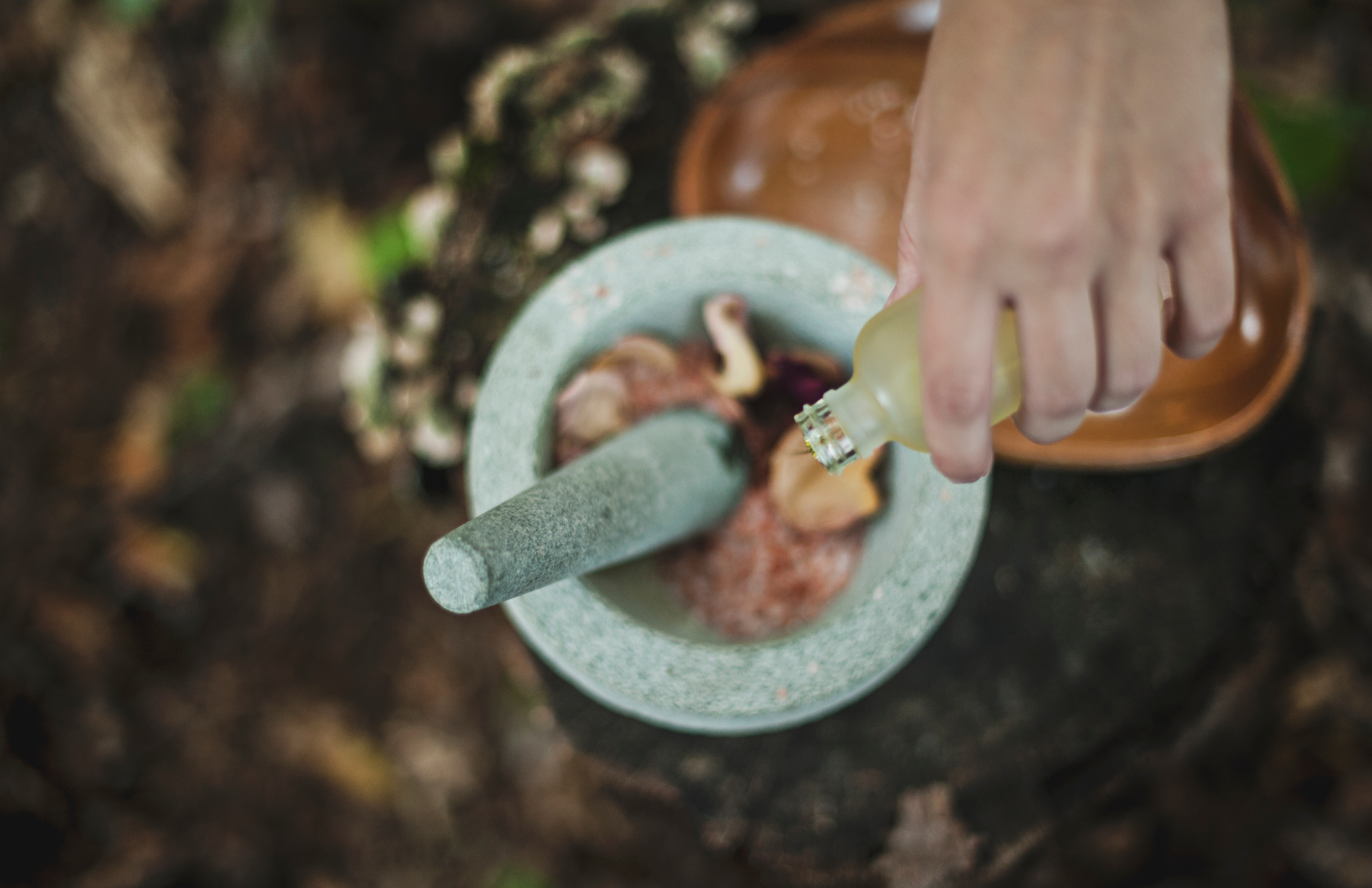Essential Oils

 Do you ever wonder where medicine comes from? I mean before the drug aisle in the pharmacy, how do we know which chemical combinations help what? Sometimes we forget that the basis of medicine today comes from natural plant and herbal treatments that have been around for thousands of years.
Do you ever wonder where medicine comes from? I mean before the drug aisle in the pharmacy, how do we know which chemical combinations help what? Sometimes we forget that the basis of medicine today comes from natural plant and herbal treatments that have been around for thousands of years.
A good quality essential oil is one that can be used aromatically, topically and ingested to its specifications, with no chemical fillers or compounds. The 2 most common ways of collecting these oils is through extraction or expression. Extraction uses a low-heat steam distillation process, passing pressurized steam is through plant material releasing the essential oil from the plant and carried away by the steam. When the steam cools, the water and oils naturally separate and the oil is collected. Expression, aka cold-pressed, is when oil is extracted from the product under mechanical pressure, usually citrus oils expressed from the rind.
Medical use of essential oils was developed by accident in 1928 when a French chemist working for a cosmetics firm was injured in an explosion. Afterwards he dipped his hand in a vat of lavender oil, and discovered his hand healed in record time without scarring. Lavender oil remains the best treatment for burns. A drop of lavender applied directly to the wound will relieve the pain. At the same time lavender can also be beneficial in treating insomnia. This demonstrates the primary advantage to essential oils over store-bought products is that one can obtain the benefit in a number of different ways. Essential oils are good for the environment, too. Essential oils may appear expensive, but since they are used a drop at a time, a single bottle replaces several products, resulting in less packaging. As natural substances they are easily assimilated back into the ecosystem without harming it. Here a few other common replacements for things you might have in your home.
Rosemary and camphor oils contain the medicinal ingredients found in many sinus remedies and are also antiseptic and antibacterial.
Tea tree is antibacterial, antifungal and anti-viral. Added to a bucket of cleaning solution, tea tree can destroy cold and flu viruses on household surfaces, while at the same time safe enough to use topically for skin irritation or rashes.
Peppermint has been used for digestive and respiratory issues for hundreds of years, but can also be used as a natural bug repellent.
These are just a few examples of the multiple uses for these oils. If you’d like more information on different oils and there uses feel free to visit www.mydoterra.com/jewellchiro


